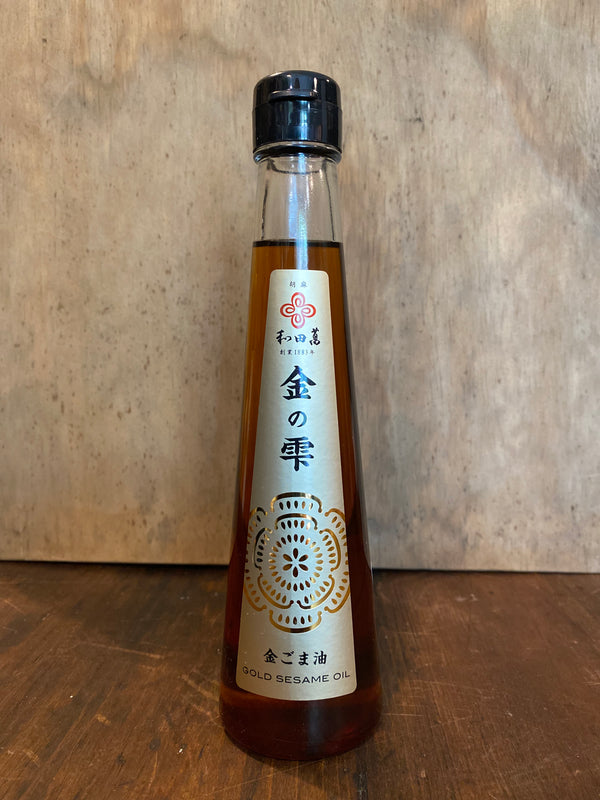Wadaman Golden Sesame Oil
Delivery
We ship your pouches frozen via Australia Post - Express - on Mondays-Wednesdays in eco-friendly (paper) insulated packaging.
FAQs
Frequently Asked Questions
What's the difference between Coconut Water Kefir and Coconut Milk Kefir?
Coconut Water Kefir is light, sparkling, and refreshing – think probiotic tonic. Coconut Milk Kefir is creamy and tangy, similar in consistency to dairy kefir, perfect for smoothies or enjoying like yoghurt.
Are these products vegan?
Yes, both are 100% plant-based and suitable for vegans and anyone avoiding dairy.
Do they contain the same probiotics as milk kefir?
Both coconut kefirs are fermented using traditional water kefir grains, creating billions of beneficial bacteria. While the specific probiotic strains differ slightly from milk kefiR, both deliver powerful gut health benefits.
How do I use Coconut Milk Kefir?
Use it anywhere you'd use dairy kefir or yoghurt – blended into smoothies, poured over granola or muesli, mixed into overnight oats, or enjoyed straight from the glass. It's also excellent in salad dressings and dips.
What does Coconut Water Kefir taste like?
Lightly tangy with subtle coconut notes and a gentle effervescence. It's refreshing drunk chilled on its own, or use it as a base for probiotic mocktails and smoothies.
Is separation normal?
Yes! Coconut Milk Kefir may separate slightly – this is completely natural. Simply give it a gentle shake before use.
How should I store these products?
Keep refrigerated at all times. Coconut Water Kefir is best consumed within 4 weeks of receipt. Coconut Milk Kefir within 28 days for optimal freshness and probiotic activity.
Are these products suitable for people with nut allergies?
Coconuts are technically classified as drupes, not tree nuts. However, if you have concerns about coconut allergies, please consult your healthcare provider.
Meet - Wadaman - Organic Sesame oil! This is gorgeous, rich, velvety and golden with a beautiful, fresh, nutty flavour. If all you have is a bowl of steamed rice and this to drizzle on it - you are rich. x (ok maybe also some pickles, and a dash of good tamari, (I love smoked) and maybe some Katsuoboshi). Easy to please. haha.
Why are these seeds so good? Look at the colour of them compared to the pale bags we are used to - when it comes to seeds, it really is all about the roasting. This became Wadaman obsession - roasting sesame is as important to the outcome as is the roasting of coffee beans. They roast to introduce heat on the inside of the seed which brings out the taste and aroma,
The 4th generation, president concentrated on roasting the little tiny sesame for more than 40 years however, as years have gone by, more and more seeds were imported, mainly from Africa, and today, Japan only grows 1% of the sesame they consume.
Wadaman started to seriously look at growing their own, organically again in 2010 and since then have been contracting small scale farmers to grow for them too. This is an exciting project that includes small land holders like schools etc. Check it out here.
Wadaman is in based in Osaka Prefecture, Japan and was established in Tenma 1883 (Meiji Era 16) where dried food merchants gathered to sell and trade.
Keen to learn a bit more about what this plant looks like, how it's dried etc. Have a look here.



